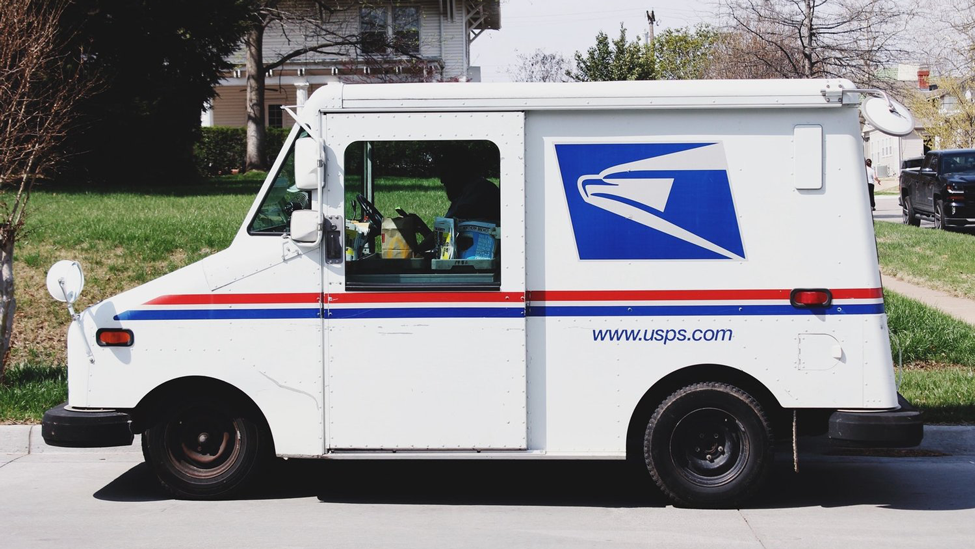
USPs: our ability to continue to serve the nation will require substantial funding

The U.S. Postal Service has revealed that COVID-19 has not had a material impact on its second quarter results, although significant impacts are expected for the remainder of the year.
The U.S. Postal Service reported total revenue of $17.8 billion for the second quarter of fiscal 2020 (January 1, 2020 – March 31, 2020), an increase of $348 million, compared to the same period last year.
The COVID-19 pandemic, which has severely affected the U.S. economy, began to negatively affect the Postal Service during late March with declining mail volume, and the impact has continued to worsen since then.
It is estimated that the COVID-19 pandemic will substantially increase the Postal Service’s net operating loss over the next eighteen months, threatening the Postal Service’s ability to operate. However, since the Postal Service began experiencing the impacts of the pandemic in mid-March, the pandemic did not have a material impact on its second quarter results, although significant impacts are expected for the remainder of the year.
Compared to the same quarter last year, First-Class Mail revenue increased by $89 million, or 1.4%, despite a volume decline of 29 million pieces, or 0.2%. This growth was due to one-time mailings associated with the 2020 U.S. Census, otherwise First-Class Mail revenue and volume would have each declined. Marketing Mail revenue declined by $94 million, or 2.5%, on a volume decline of 604 million pieces, or 3.4 %. Secular declines in mail have continued to negatively affect mail revenue and volume, and the Postal Service believes those declines will be exacerbated by the effects of the COVID-19 pandemic.
Meanwhile, Shipping and Packages revenue increased by $386 million, or 7.1%, on a volume increase of 12 million pieces, or 0.8%, compared to the same quarter last year. In the near term the Postal Service anticipates that these trends will accelerate as the nation experiences a surge in e-commerce as a result of quarantines, shelter-in-place orders and travel and logistics restrictions in connection with the COVID-19 pandemic. The Postal Service has and will continue to serve its customers during this crises through the delivery of medicine, essential consumer staples, benefits checks, and important information, but does not expect its package revenue growth over the medium to long term to offset its losses in mail service revenue caused by COVID-19.
Postmaster General and CEO Megan J. Brennan commented: “Although the pandemic did not have significant impact on our financial condition in our second quarter, we anticipate that our business will suffer potentially dire consequences for the remainder of the year, and we are already feeling those impacts during the last half of March. At a time when America needs the Postal Service more than ever, the pandemic is starting to have a significant effect on our business with mail volumes plummeting as a result of the pandemic.
“As Congress and the Administration take steps to support businesses and industries around the country, it is imperative that they also take action to shore up the finances of the Postal Service, and enable us to continue to fulfill our indispensable role during the pandemic, and to play an effective role in the nation’s economic recovery.”
Brennan added, “We are grateful for the heroism and commitment of our 630,000 postal employees who continue to serve the American public during this pandemic, and we look forward to working with policymakers on ensuring the solvency of the Postal Service.”
Total operating expenses were $22.3 billion for the quarter, an increase of $2.8 billion, or 14.2%, compared to the same quarter last year. Workers’ compensation increased by $2.2 billion due to a significant decline in interest rates as the COVID-19 pandemic weighed on the U.S. economy. Excluding costs associated with discount rate changes, actuarial revaluation, and amortization of unfunded liabilities, which are outside of management’s control, expenses increased by $328 million, or 1.8%, compared to the same quarter last year.
The net loss for the quarter was $4.5 billion compared to a net loss of $2.1 billion for the same quarter last year. Controllable loss for the quarter was $792 million, a slight decrease compared to the controllable loss of $806 million reported for the same quarter last year.
“We are unable to predict the duration of COVID-19 business closures and the duration of the recession we are currently experiencing; however, this situation will materially damage our financial condition,” said Chief Financial Officer Joseph Corbett. “While we continue to conserve capital and reduce expenses in areas where volumes are declining, our ability to continue to serve the nation will require substantial funding from the federal government or other sources.”







